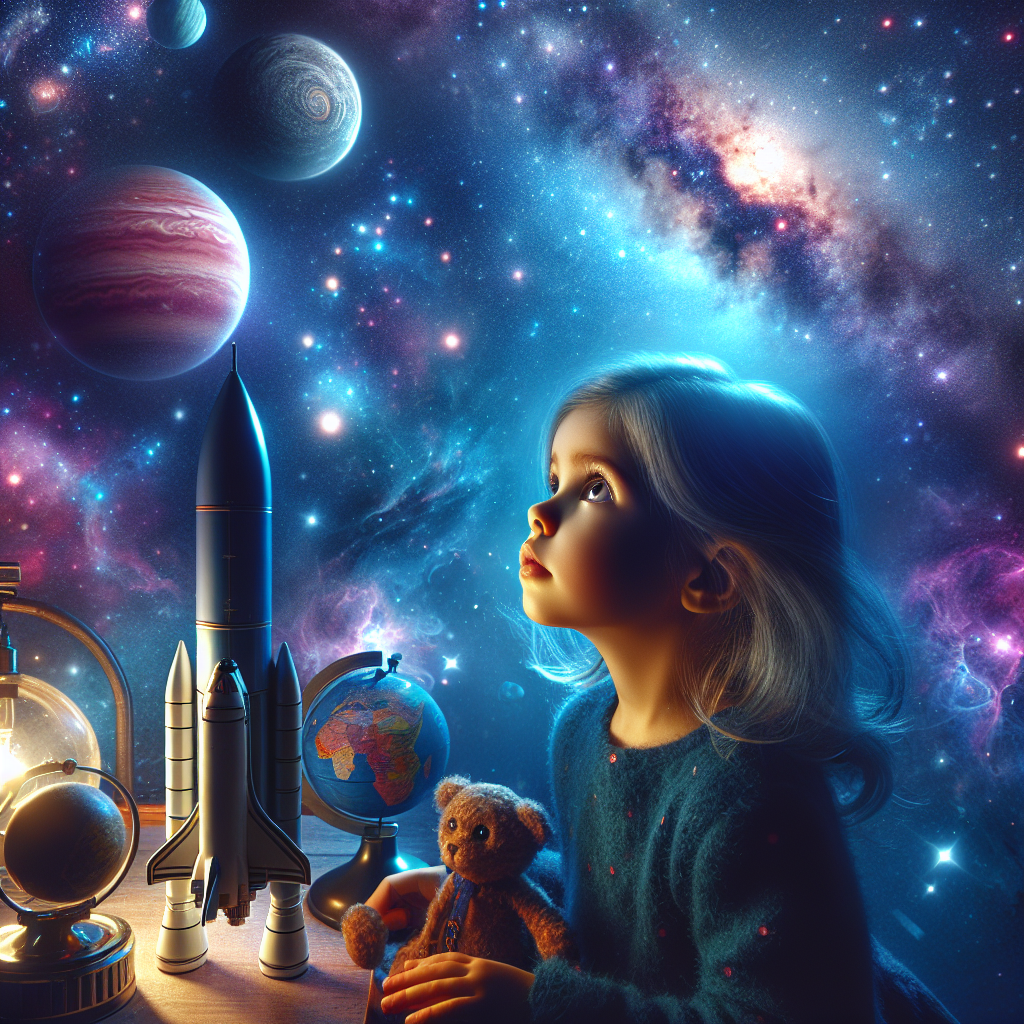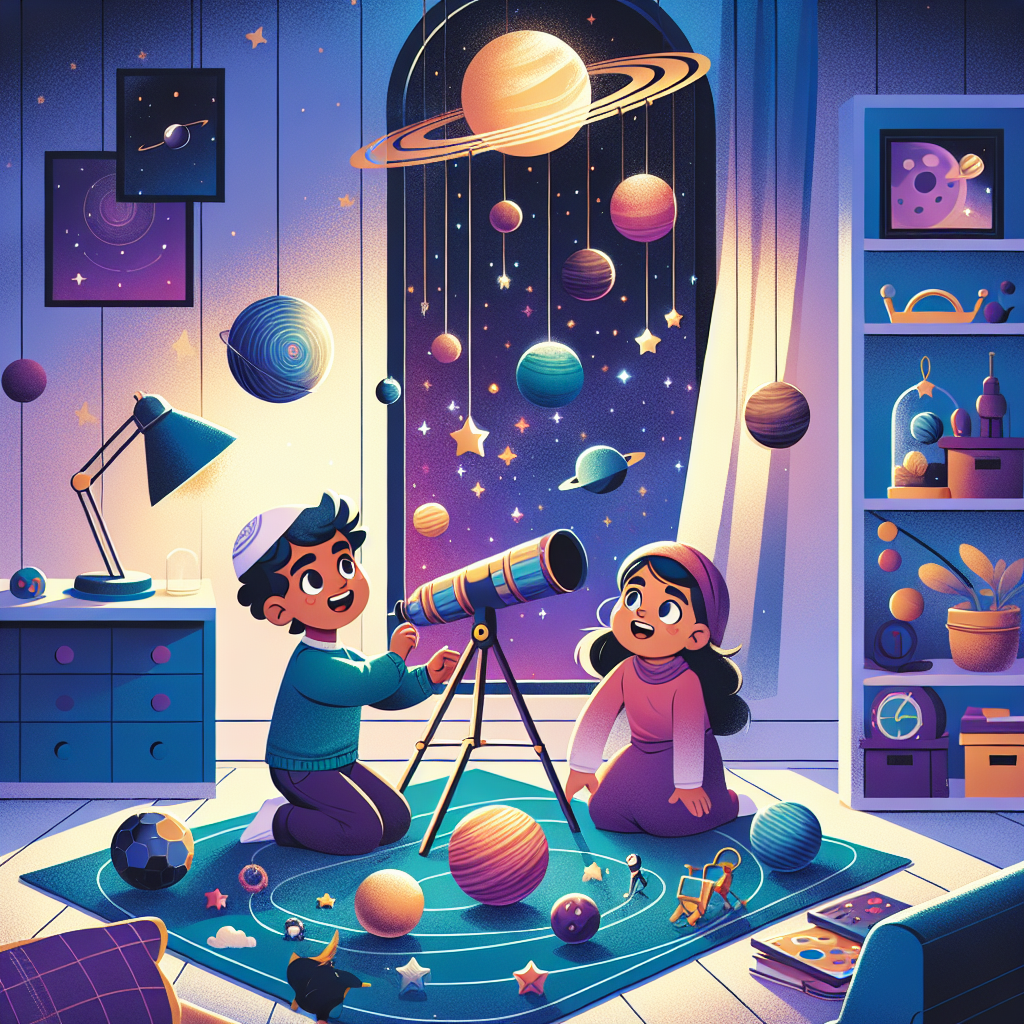The Best Toys for Teaching Kids About Space 🚀
Space has always fascinated young minds, sparking curiosity and imagination. In today’s world, where science and technology are rapidly advancing, it’s crucial to nurture this interest in space exploration from an early age. One of the most effective ways to do this is by incorporating educational toys that teach kids about the wonders of the universe. In this blog post, we’ll explore some of the best toys that can make learning about space fun and engaging for children.
Table of Contents
Introduction
Kids are naturally curious, and the vastness of space offers endless opportunities for exploration and learning. From the twinkling stars to the distant planets, space is filled with mysteries that captivate young minds. Toys that focus on space not only educate kids but also inspire them to dream big. As we delve into our list, consider the interests and learning styles of your child to choose the perfect toy that will fuel their passion for space.
Solar System Models 🌌
Solar system models are a fantastic way to introduce kids to the planets and their orbits. These models typically include all the planets, the sun, and sometimes even dwarf planets like Pluto. By assembling these models, children can gain a better understanding of the solar system’s structure and the relative sizes and distances of celestial bodies.

Recommended Toy: 4M Solar System Planetarium – This kit allows kids to build and paint their own planetarium model, providing a hands-on learning experience. As they assemble and paint each planet, they learn about their characteristics and positioning in the solar system.
Astronomy Kits 🔭
Astronomy kits are perfect for budding astronomers. These kits often include telescopes, star charts, and educational guides to help kids explore the night sky. By using a telescope, children can observe stars, planets, and even distant galaxies, fostering a deeper appreciation for space science.
Recommended Toy: National Geographic Kids Telescope – Designed specifically for kids, this telescope is easy to use and comes with an informative guide. It’s a great tool for beginners to start their journey into stargazing and space observation.
Space-Themed LEGO Sets 🛠️
LEGO sets have always been a favorite among kids, and space-themed sets are no exception. These sets allow children to build spacecraft, space stations, and even lunar bases, encouraging creative play and problem-solving skills. As they construct these models, kids also learn about the engineering and technology used in space exploration.
Recommended Toy: LEGO City Space Mars Research Shuttle – This set includes a space shuttle, rover, and minifigures, providing endless opportunities for imaginative play and learning about Mars exploration missions.
Interactive Globes 🌍
Interactive globes are not just about Earth; many feature comprehensive space modules that allow kids to learn about stars, constellations, and planetary systems. These globes are equipped with audio and visual features, making the learning experience more dynamic and engaging.
Recommended Toy: Shifu Orboot Earth (App Based): Interactive AR Globe – This globe uses augmented reality to teach kids about space, allowing them to explore planets, constellations, and more through a connected app.
Space Puzzles 🧩
Space-themed puzzles are a fun way to enhance a child’s spatial awareness and problem-solving abilities. These puzzles often depict scenes from space, such as nebulae, galaxies, and planetary systems, offering a visual and tactile learning experience.
Recommended Toy: Melissa & Doug Solar System Floor Puzzle – This large floor puzzle features a vibrant depiction of the solar system, perfect for young learners to assemble and learn about each planet’s position and features.
Conclusion
Inspiring children to learn about space can open up a universe of opportunities for them. The right educational toys can make this learning journey exciting and memorable. Whether it’s building a model of the solar system or exploring the night sky through a telescope, these toys provide a hands-on approach to understanding the cosmos. As parents and educators, it’s our role to encourage this curiosity and guide them as they reach for the stars.
FAQs
Q: What age group are these space toys suitable for?
A: Most of these toys are designed for children aged 6 and up, but it’s always best to check the manufacturer’s recommendations for each specific toy.
Q: Can these toys be used in a classroom setting?
A: Absolutely! Many of these toys are perfect for interactive learning in classrooms and can be used to complement science curriculums.
Q: Are there any safety concerns with these toys?
A: Always ensure that the toys are age-appropriate and free from small parts that could be a choking hazard for younger children.
Q: How can I make space learning more engaging for my child?
A: Encourage hands-on activities, such as building models or using telescopes. Supplement these toys with books, documentaries, and visits to planetariums or science museums for a comprehensive learning experience.
